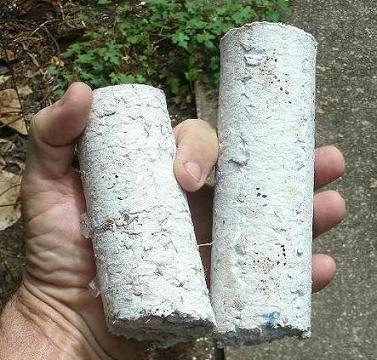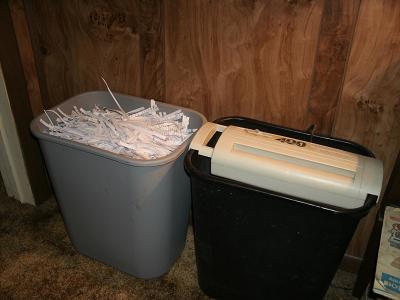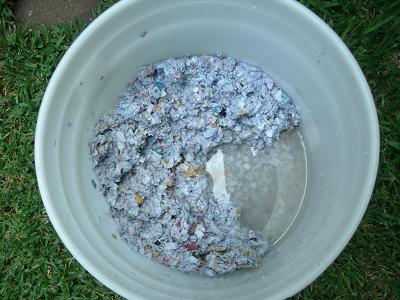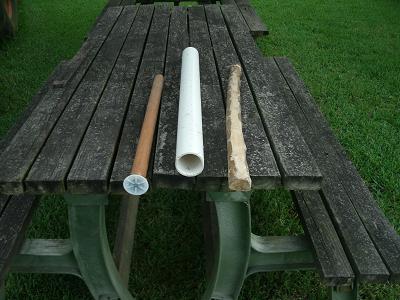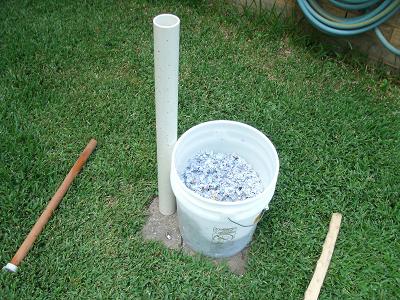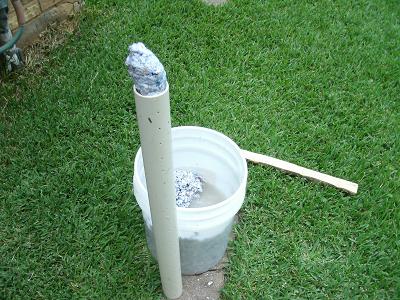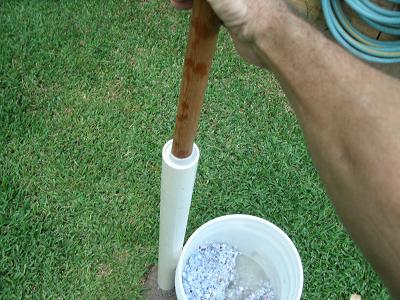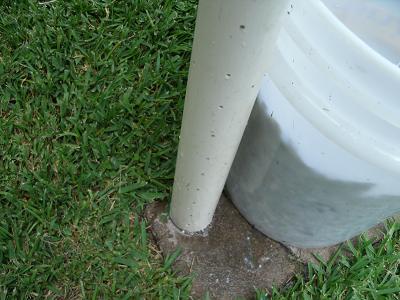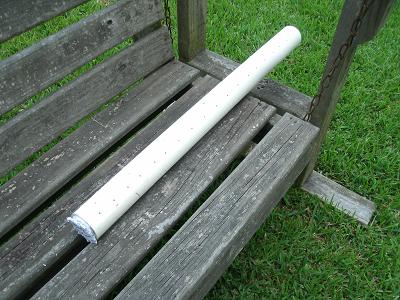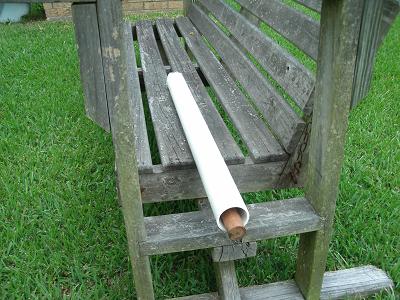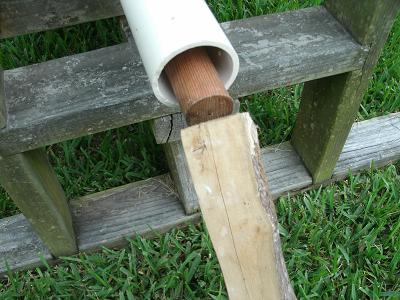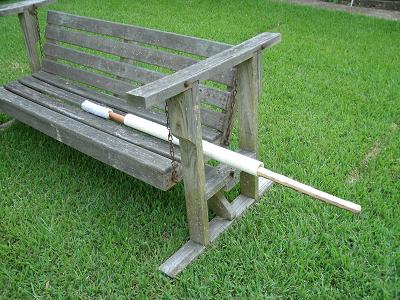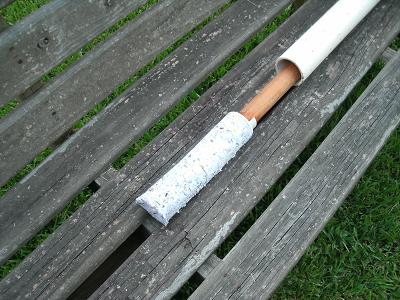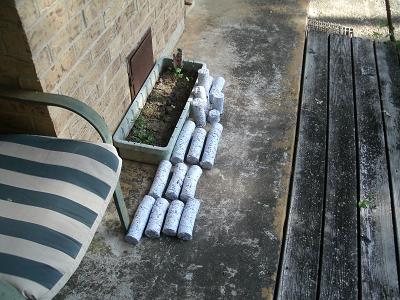Cemetery Ghosts: Johnny Morehouse and His Dog
on Friday, October, 09 2015 05:02:00 am , 822 words
Categories: Uncategorized , 7830 views
Quite an industry-culture and folklore developed in the United States during the short history of canal building and operation prior to and coinciding with the early construction of railroads, which had by 1860 displaced canals as the chief means for moving goods and people. Numerous ghost stories are associated with the many canal communities of the region between the Atlantic and the Great Lakes. Readers may recall an earlier entry in this blog concerning the deaths by drowning (murder-suicide) of members of the Bissinger family in the Union Canal in Reading, Pennsylvania. Another of these canal-related ghost stories is the tragedy of the drowning of John ("Johnny") Newton Morehouse.
Johnny's burial site in the Morehouse family plot in Woodland Cemetery and Arboretum in Dayton, Montgomery County, Ohio, is marked by a rather unusual, attractive, and interesting sculptural headstone. The burial site is one of the most popular and oft-visited graves in the cemetery, which is quite a circumstance considering that the cemetery is the resting place of many famous cultural and historical figures, including aviation pioneers Orville and Wilbur Wright, writer and humorist Erma Bombeck, cash register inventor James Ritty, African American poet Paul Laurence Dunbar, Ohio governor James M. Cox, and many more. The distinctive marker depicts a large dog, posed loyally and nobly protecting his young master, recumbent amid some of his belongings, a cap, a harmonica, a ball, and a top. The statue base is inscribed "JOHNNY MOREHOUSE." on the front and "SLUMBER SWEET." on one side. The sculpture is the work of Dayton stone cutter, sculptor, and businessman Daniel LaDow (of the prosperous marble works LaDow and Winder). The monument was erected at the grave in 1861.
Johnny Morehouse was the younger of two sons of John Newton Morehouse and his first wife Mary Margaret (Browning) Morehouse, daughter of Jacob and Edna (Bodwell) Browning. John Newton Morehouse, Sr., was the son of John and Nancy Morehouse. Little Johnny, as he is called in most recountings of his story, was born in Ohio in 1855. His older brother, Horace B. Morehouse was born in 1852, also in Ohio.
The story goes that Little Johnny, who lived with his family behind his father's shoe-repair shop, was playing with his dog (whose name, oddly enough, has not survived the passage of time and the frequent relation of the tragic event) near the Miami and Erie Canal, which used to run where Patterson Boulevard now exists in the downtown part of Dayton, when he slipped or lost his balance and fell into the canal. His steadfast canine playmate jumped into the canal to save his young friend, but Johnny drowned before the dog could pull him out. Some versions of the story aver that Little Johnny met his demise by freezing, but that cause simply could not have been, since the tragic event took place on August 14, 1860. The August 17, 1860, issue of the Dayton Daily Journal reported Johnny's exact age thus: "4y 11m 14d, youngest son of John N. & Mary M."
Though some renderings of the tale have it that both the boy and the dog drowned, most versions relate that within days of the burial of Little Johnny his faithful pal began lingering at the grave in ceaseless vigil over his young friend and playmate. The persistent presence of the loyal canine was soon noticed by the community. The dog would not leave the presence of his young master. Concerned for the health and safety of the noble beast, people began to bring him food, thus setting in motion a tradition manifest at the site even today. Moved by the story of the young boy's drowning and the heroism and touching grief of his loving pet, a tradition ensued whereby visitors show their respects by leaving coins and toys at Johnny's grave. Some versions of the story of Johnny and his heroic pet even state that the dog too is buried at the site of the marker and Johnny's grave.
In recent years, it was alleged briefly (late March to about mid-April of 2008) that not all visitors, however, had come to Johnny's grave to give respects. Pictures of the stone, sans dog's head, were even placed online to show the perceived callous act of disrespect for the young victim of the waters of the Miami and Erie. The missing piece, though, soon reappeared on the sculpture, and it was eventually revealed by cemetery personnel that the head had simply fallen off due to age and weathering.
It is said that in the present day from time to time the ghosts of Little Johnny and his faithful pet are witnessed playing in the cemetery. Sounds said to be the little boy's laughter and the dog's barking are heard on occasion, reverberating throughout the cemetery grounds. People also say that the statue of the dog even breathes, some claiming that the breath can actually be felt coming from the nostrils of the stone figure.
(Photo credit: Photobucket.com)

